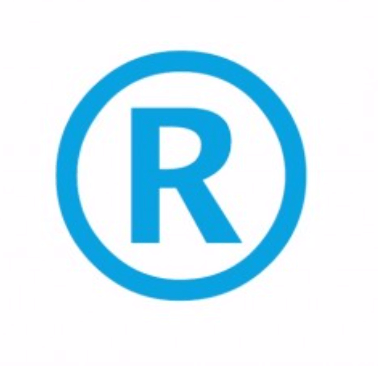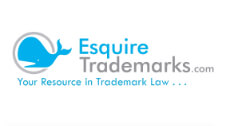Trademark Renewal – What is a Combined Section 8 and 15 Declaration?
When should you start thinking about Trademark Renewal for your registered mark? No filings are due for at least 5 years after your mark has been granted registration. Under normal circumstances, your trademark will not be cancelled or expire during that period. In fact, you have up to 6 years to make the required filing. You can even file as late as 6.5 years from the registration date (with an additional surcharge). Certain exceptions are when your trademark is cancelled as the result of a cancellation proceeding, or when you expressly abandon the registration. After 5 years of registration, the recommended Filing is a Combined Section 8 & 15 Declaration.

What is a Combined Section 8 & 15 Declaration?
As stated in the title, a combined declaration is actually two declarations – Section 8 and Section 15 – wrapped into a single filing. Common practice is that they are filed at the same time. In fact, the USPTO has created a “combined” document for filing both declarations at the same time.
A Section 8 Declaration is mandatory. If the Section 8 declaration is not filed and accepted, your trademark registration will be cancelled.
On the other hand, a Section 15 Declaration is not mandatory. However, it is nearly always filed along with the Section 8 in order to take advantage of the major benefits associated with the Section 15 declaration.
What is a Section 8 Declaration?
A Section 8 Declaration Is a Sworn Statement of Use or Excusable Nonuse of the Trademark.
In other words, a Section 8 Declaration is a sworn statement, made by the owner, that the trademark has been used continuously since the registration was granted. Under limited circumstances, an owner can still retain the registration without proving use, if the nonuse is excusable.
The Section 8 filing must include a specimen of use. A “specimen” shows how you use your mark in commerce. It could be a label, a tag, or a container if you registered your mark for goods or an advertisement if you registered your mark for services.
A filing fee is also required. The amount of the fee is based on the number of classes in the trademark registration. Currently (as of 02/16/2021) the Section 8 government fee is $225 per class (if filed using the Trademark Electronic Application System) or $325 (if filed on paper) per class.
What is a Section 15 Declaration?
A Section 15 Declaration is a statutory request that the trademark be recognized by law as “incontestable”.
A Section 15 Declaration requires the filing of a sworn statement that:
- There has been no final adverse court decision affecting the registrant’s ownership or right to use the trademark.
- There is no pending proceeding involving the trademark.
- The mark has been in continuous use for the past 5 years (Section 8 Declaration).
Also required is a Section 15 Government fee. The amount of the fee is based on the number of classes in the trademark registration. Currently, (as of 02/16/2021) the Section 15 Government fee is $200 (if filed using the Trademark Electronic Application System) or $300 (if filed on paper) per class.
What are the Benefits of Filing a Section 15 Declaration?
A section 15 Declaration makes the trademark registration “incontestable”. Incontestable status denies adverse litigants the ability to challenge your trademark registration. For example, even a prior unregistered user of the trademark is blocked from canceling your trademark registration when it is deemed incontestable.
In the courts, a federal trademark registration affords the owner presumptive right to exclusive nationwide use of a trademark. 15 U.S.C. § 1115(a). After five years of substantially continuous and undisputed use, a registered mark is eligible for “incontestable” status. Incontestable status provides a trademark owner “conclusive evidence of the validity of the registered mark and of the registration of the mark, of the registrant’s ownership of the mark, and of the registrant’s exclusive right to use the registered mark in commerce.” 15 U.S.C. § 1115(b); see also Park ‘N Fly, Inc. v. Dollar Park & Fly, Inc., 469 U.S. 189, 192 (1985).
Once accepted as incontestable, adverse parties can challenge the trademark only in very limited circumstances.
The only grounds to challenge an incontestable trademark registration are genericness and abandonment.
An incontestable registration is not vulnerable to cancellation on the grounds that another was a prior user. See 15 U.S.C. §§ 1115(b), 1064, 1065; see also Park ‘N Fly, 469 U.S. at 195 (“An incontestable mark that becomes generic may be canceled at any time pursuant to § 14(c). That section also allows cancellation of an incontestable mark at any time if it has been abandoned, if it is being used to misrepresent the source of the goods or services in connection with which it is used, or if it was obtained fraudulently[.]”).
There are significant benefits of registered trademarks that are properly renewed. If the trademark owner fails to renew, the registration may be cancelled with no guarantee that it can be re-registered. For more information about the documents required to maintain and renew your trademark registration, visit Trademark Renewal – Combined Section 8 & 9. Even if the trademark is re-registered, it still won’t be as strong as the prior mark, and applying for a new registration is much more costly than a renewal.
